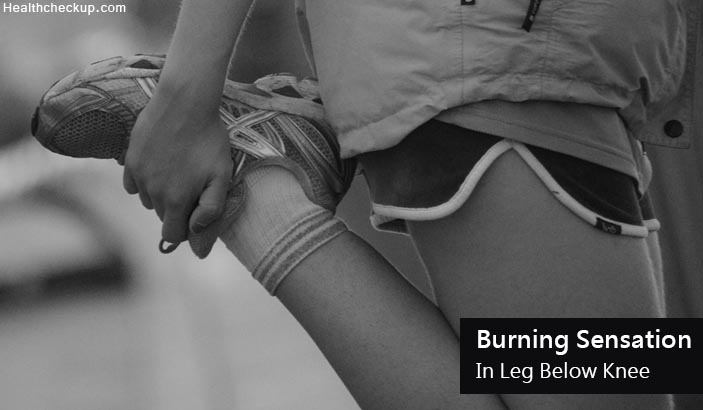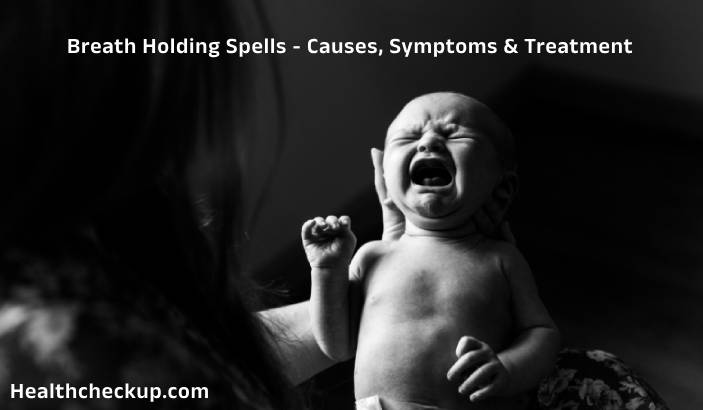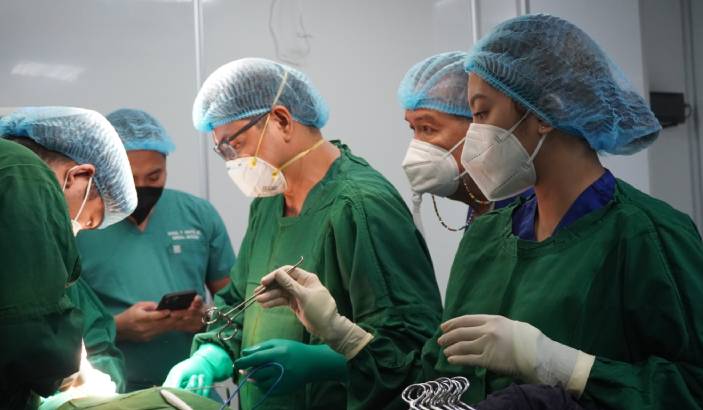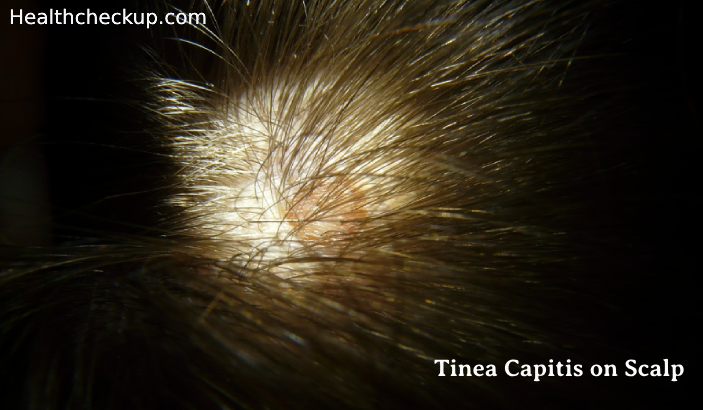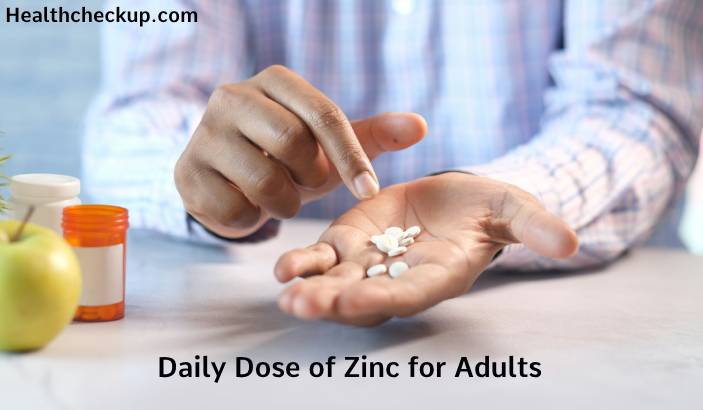Having a burning sensation in your legs is quite debilitating. You feel a partial or complete numbness in your lower leg below the knee. This numbness may be accompanied by a pins and needles sensation. There are different causes of burning sensation in the lower leg that you will learn about in this article.
What Does It Mean To Have Burning Sensation In Legs Below Knee?
Burning sensation in the leg below the knee can be a fairly troublesome symptom. This particular sensation can occur due to multiple factors such as:
- Injury
- Damaged nerves of the affected leg
- Exposure to extremes of temperature (excess of heat or cold)
- Intense exercise or overexertion
Burning sensation in the leg below the knee can also be present due to a disorder affecting the peripheral nerves called peripheral neuropathy.
When the sensory type of peripheral nerves is affected, they can give rise to symptoms such as loss of vibratory sensation and burning sensation in the affected leg.
Causes For Burning In Legs Below The Knee
- External causes such as sunburn, exposure to extreme heat or cold
- Venous Reflux – This condition occurs when the veins in legs are unable to carry the blood back to the heart. In these cases, the blood tends to pool in the legs causing a burning sensation in legs along with itching. This condition can typically be seen in obese or overweight individuals.
- Drugs and Medications – Dapsone, amiodarone, INH, phenytoin, nitrofurantoin, pyridoxine
- Toxins – Alcohol (alcoholic neuropathy), organophosphates, heavy metals such as arsenic, mercury, zinc, thallium, and lead
- Systemic infections like HIV, leprosy
- Sciatica –Sciatic nerve is the largest nerve in the body located on either side of the lumbar spine. Any kind of irritation, inflammation or compression of this nerve can cause a sharp shock like or a burning type of pain from buttocks extending to the calf muscles.
- Neuropathy associated with systemic disorders:
- Uremia
- Porphyria
- Vitamin B 12 deficiency
- Hypothyroidism
- Multiple myelomas
- Systemic lupus erythematosus
- Rheumatoid arthritis
- Diabetes mellitus (Diabetic neuropathy)
Burning Sensation In Legs Below Knee Symptoms
A number of symptoms accompany a burning sensation in your leg below the knee.
- They start out as a tingling feeling and later turn into numbness.
- The pain of varying degrees is felt when you try to move your affected leg.
You should not worry too much when you note these symptoms. The pain in your leg is easily addressed through medical care. There are also a number of home remedies you can apply to hasten recovery and reduce pain.
Treatment Options For Burning Sensation In Legs Below Knee
Treatment will depend entirely upon the underlying causative factors. The treatment options for systemic illnesses may be as follows:
- Appropriate and timely treatment of systemic illnesses results in significant improvement in neuropathic signs and symptoms.
- Immune-Mediated Systemic Illnesses – Such as Systemic Lupus Erythematosus (SLE) and Rheumatoid Arthritis may require treatment options such as corticosteroids, immune-suppressants, plasmapheresis, and intravenous immunoglobulins.
- In the case of diabetic neuropathy, control and maintenance of blood sugars at optimum levels prevents the development of burning sensation in legs and feet.
The choice of treatment for systemic illnesses causing a burning sensation in the leg below the knee will depend largely upon the severity of illness and type of signs and symptoms they exhibit.
Symptomatic Treatment – Since burning sensation in the leg below the knee can be a relatively distracting symptom, it is therefore often treated with the aim of providing symptomatic relief to the patient.
Some commonly prescribed medications which provide symptomatic relief are:
- Tricyclic Compounds – Medications belonging to this group enable pain relief. These medicines are often prescribed at bedtime to promote sleep.
- Topical Creams – Topical capsaicin application is known to reduce pain transmission. On the other hand, transdermal lidocaine (local anesthetic for local application) is found to be particularly effective in managing neuropathic pain syndromes
- Pain Relief Patch – Transdermal lidocaine described above is also available in the form of a skin patch which provides lasting relief from pain or burning sensation. The patch, however, needs to be changed after 12 hours for better results.
1. Natural Remedies
Natural remedies help in pain relief without creating any harmful side effects. Yet, it has to be remembered that natural remedies should be used along with regular medicines and not replace medicinal therapy.
Some home remedies which may provide relief from burning sensation in the leg below the knee are:
- Regular physical training or exercises to increase strength and lose weight.
- If venous reflux is the cause for burning sensation in the leg below the knee, compression stockings may be advised so that blood circulation in legs can be maintained.
2. Massage
Deep tissue massage helps to regulate blood circulation and also reduces pain. Massage should, however, be avoided if the affected leg has burning pain due to swelling or any kind of infection.
3. Surgery
This is the least preferred treatment option when it comes to pain management. Surgery for burning sensation in the leg below the knee is recommended when:
- The pain or burning sensation is severe enough to cause disruption of day to day activities
- The burning sensation severely hampers the patient’s quality of life
- When the burning sensation does not respond to any kind of medications
- When the burning sensation persists in spite of receiving all kinds of methods for pain relief.
While seeking treatment for burning sensation in the leg below the knee, it is important to understand that this sensation can be treated completely if it occurs due to external causes like heat or cold.
However, in cases of damaged nerves due to systemic illnesses and infections or nerve compressions; medications, and natural remedies simply provide symptomatic relief unless the root cause is treated.
Just like any other physical ailment, burning sensation in the leg below knee must not be neglected since it can be an alarming symptom of some serious underlying disorder which needs to be diagnosed and treated appropriately.
Medically Reviewed By

Professionally, a trained Microbiologist and Plant operator, Eustace is an experienced health content writer who is passionate about helping people lead a healthy life.


